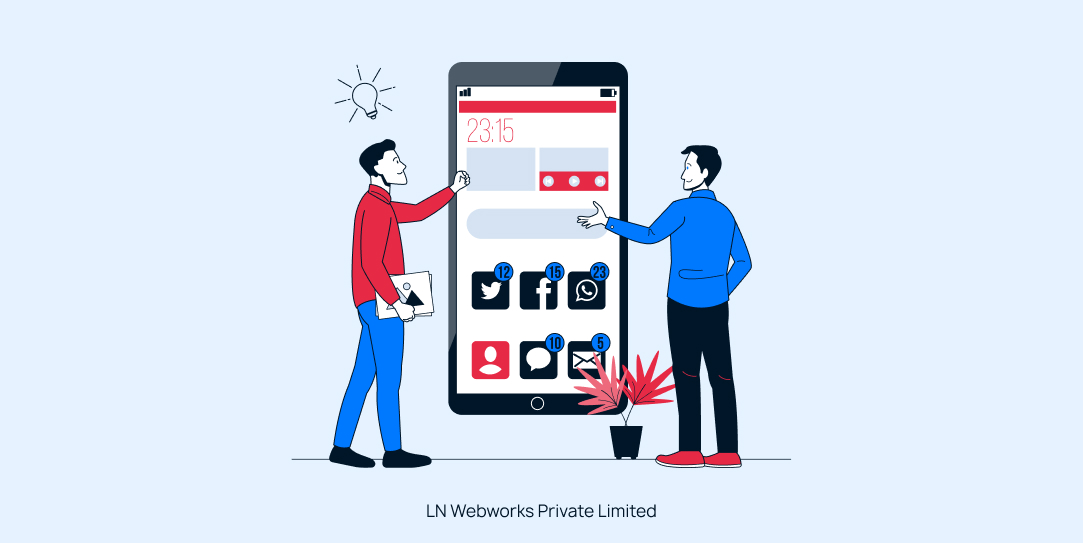Subscribe To Our NewsLetter
Share This Post:
In the world of App development, security is paramount. Yet, time and again, developers fall prey to common pitfalls that could compromise user data. One such oversight involves the handling of sensitive information within APIs (Application Programming Interfaces). Let's delve into a typical scenario that highlights the gravity of this mistake and explore why it's critical to adopt more secure practices.
Security Mistakes in App Development APIs
The Scenario: A Hidden Hazard
Imagine an app that displays a list of users, showcasing only their full names on the interface. At first glance, it appears to respect privacy by omitting sensitive data such as phone numbers and email addresses, which are reserved for admin eyes only. The underlying assumption here is that since the API data feeding this list is not directly visible within the app interface, there's no harm in including all details, right? Wrong.
The Oversight: A Door Left Unlocked
The crux of the mistake lies in underestimating the resourcefulness of malicious actors. While the app's UI might only display names, the API call made to fetch this information often contains a full payload of data, including those sensitive details the developers chose not to display. Developers might think that if it's not visible, it's not accessible, but that's a dangerous assumption.
The Tool of Exploitation: Fiddler on the Prowl
Enter Fiddler, a popular web debugging tool that allows anyone to inspect the traffic entering and leaving their computer. To a hacker, it's akin to finding an unlocked door in what was assumed to be a secure building. With tools like Fiddler, intercepting API calls to reveal hidden data becomes trivial. Suddenly, millions of users' private information is at risk, all because the data was there for the taking.
The Conclusion: A Call for Vigilance
This scenario underscores a fundamental principle in cybersecurity: **Never transmit sensitive information that isn't necessary for the task at hand.** If an app's UI doesn't require certain data, that data shouldn't be included in the API response. Period.
Best Practices to Prevent Data Exposure

Principle of Least Privilege
Only request and expose the data that are absolutely necessary for the functionality of your application.
Secure Your APIs
Implement robust authentication and authorization measures to ensure that only intended users can access your APIs.
Data Minimization
Regularly review the data your APIs are transmitting and receiving, cutting down on any non-essential information.
Encryption
Use HTTPS for all data in transit, and consider encrypting sensitive data fields even within your internal network.
Regular Audits and Penetration Testing
Conduct security audits and penetration tests to uncover and rectify potential vulnerabilities.
Let’s Wrap It Up!
In the realm of app development, security is not just a feature; it's a cornerstone of user trust and safety. The example provided is a stark reminder of the vigilance needed to protect against seemingly innocuous mistakes that can have far-reaching consequences. By adopting a security-first approach and adhering to best practices, developers can safeguard their applications against vulnerabilities and ensure a secure experience for all users.
To get started, rely only on the best Mobile app development services, and who's better than LN Webworks? With a decade of experience in Application development, we provide only the best of services. Reach out now to talk to our Certified experts!
Share This Post:
Author Information




